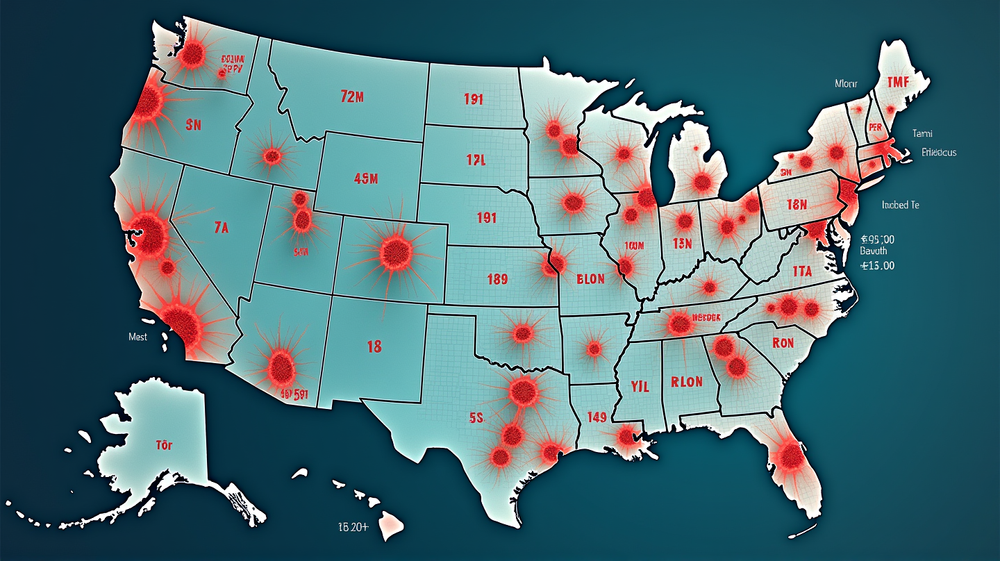As we pass the midway point of 2025, Florida’s latest COVID-19 statistics reveal an intriguing shift. According to data released by the state Department of Health, a total of 1,144 deaths linked to the virus have been reported this year. This marks a notable reduction compared to the pace seen over the prior five years. But does this signify a turning point toward normalcy, or could it lead to complacency?
An Overview: Florida’s COVID-19 Death Statistics
The numbers speak volumes. While 2020 saw the pandemic’s devastating kick-off with 23,351 deaths, and 2021 the grim peak with 39,876 fatalities, the following years showed a sharp decline. By 2025, this figure has dwindled to just above 1,100, a stark contrast from the peak years. Broward County experienced the highest toll within the state, reporting 82 deaths this year, while other counties like Palm Beach and Miami-Dade closely followed.
The Evolving Landscape of Public Health
With the pace of deaths slowing down, the public health landscape in Florida paints a complex picture. Epidemiologists suggest that recent developments in vaccinations and treatment protocols contribute to this downtrend. However, they caution against relaxing preventative measures prematurely, as new variants can reverse current gains.
Counties Impact and Health Challenges
Counties such as Broward and Palm Beach bear witness to the disparities in COVID-19 impact. Although cases are lower, underlying factors such as population density and access to healthcare services continue to influence outcomes, reminding us that vigilance remains necessary.
Reflecting on the Pandemic’s Toll
Reflecting on the losses from the initial years of the pandemic offers both lessons and motivation. From a peak of 39,876 deaths in 2021 to today’s figures, health officials remind us that every life lost reinforces the importance of maintaining robust public health measures and community support systems.
Looking Forward: Hope for the Future
While optimism is a welcome companion, it must be tempered with readiness and resilience. As the pandemic’s grip appears to loosen, it’s crucial that Florida continues to balance reopening plans with cautionary health strategies to avoid complacency.
According to WUSF, the road to recovery is not solely paved by the numbers, but by continued vigilance and adaptive public health responses. The challenge remains to transform current progress into lasting change within communities throughout Florida.












